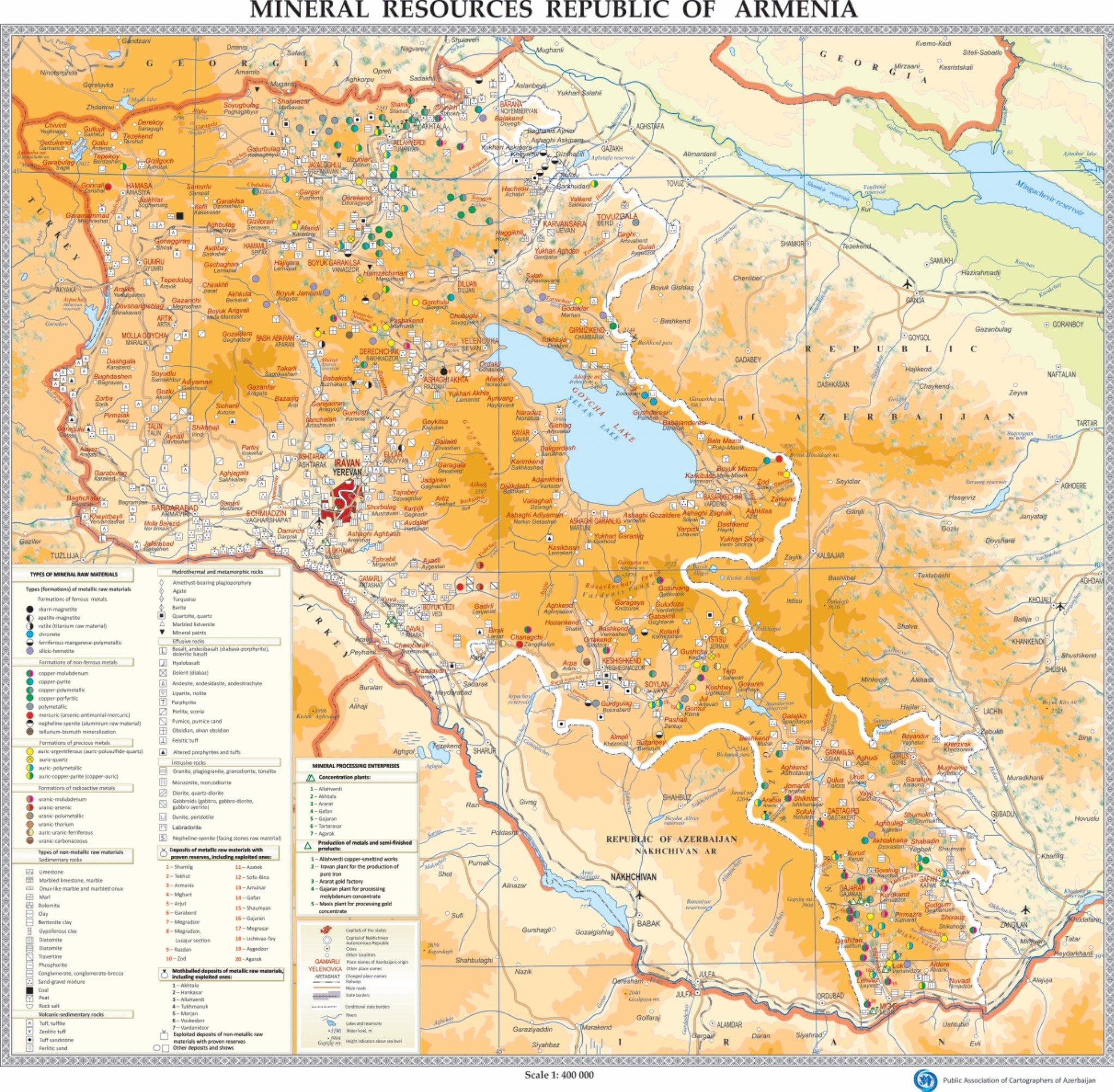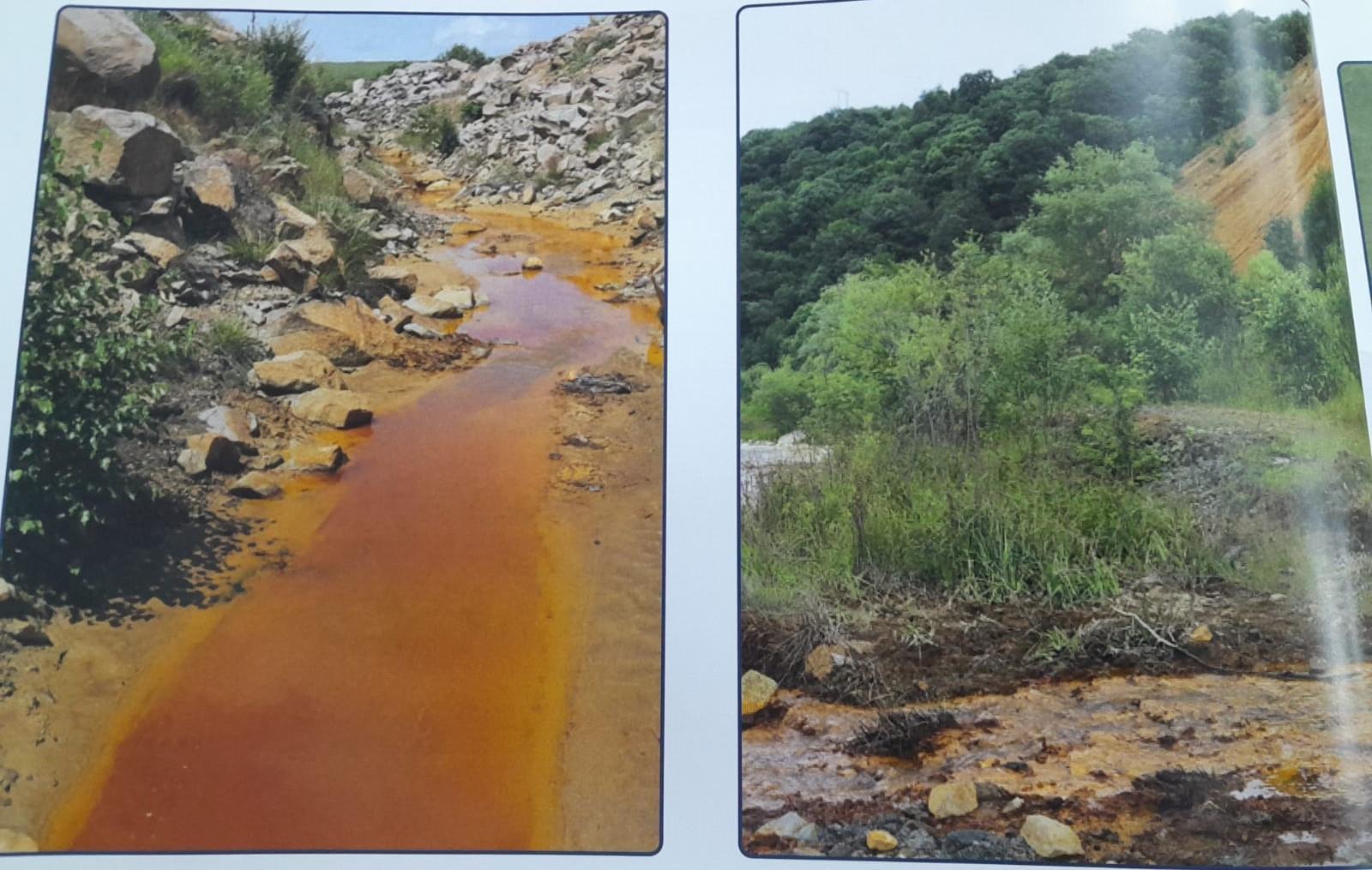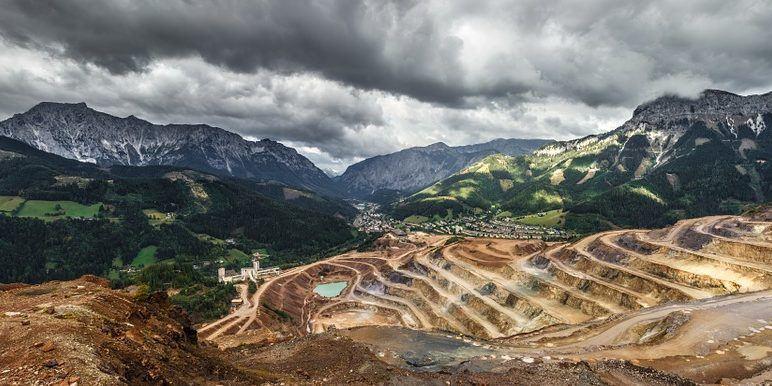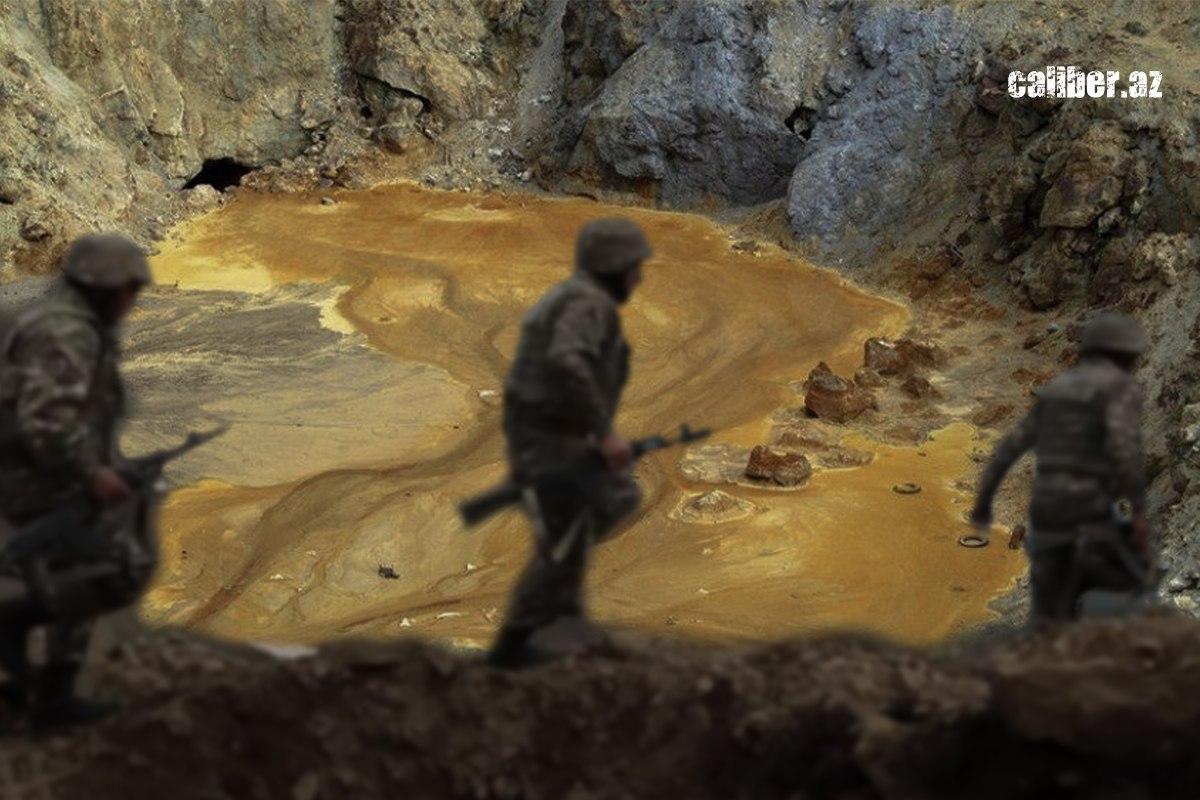Armenia's Illegal mining activities, environmental violations near Azerbaijani border New map reveals
In today's world, where ecological and environmental preservation issues are increasingly topical, any information about potential environmental violations gains significant importance. In this context, a new map exposing Armenia's illegal mining activities has attracted particular attention. Prepared by the Environmental Protection First (EPF) coalition in partnership with the "Cartographers of Azerbaijan" Public Association, the map, titled "Mineral Resources of the Republic of Armenia," was presented to the public at an event in the Baku Business Center.
This map is unique not only in its content but also in the quality of its preparation. Developed in three languages—Azerbaijani, English, and Armenian—it provides comprehensive information on mineral resources and their extraction sites within Armenia. The author of the map, Mugabil Bayramov, is a highly qualified engineer-cartographer with over 43 years of experience. Bayramov is renowned for his previous works, such as the "National Atlas of the Republic of Azerbaijan" and the "Map of the Caucasus Region - Tiflis, 1847."

The main purpose of the map is to expose the negative environmental impacts of Armenia's mining activities. According to the data presented, Armenia has purposefully located the most environmentally damaging mining enterprises near the borders with Azerbaijan, especially in the area of West Zangazur. These enterprises, located near transboundary rivers such as the Kura and Araz, pollute water resources and cause environmental damage not only to Armenia, but also to neighboring countries, primarily Azerbaijan.
It should be noted here that the Okhchuchay River is constantly polluted on the territory of Armenia, in particular, mining wastes of Gafan and Gajaran are discharged into it. And if we take into account that the Okhchuchay flows into the Araz, its pollution also directly affects the quality of water resources of the Araz, which is the largest right tributary of the Kura, as well as a transboundary river with Armenia and plays a major role in irrigation of crops in Azerbaijan. But due to the deterioration of water quality, its use for economic and agricultural needs can lead to negative consequences.

Speaking at the presentation of the map, Chairman of the Public Association "Cartographers of Azerbaijan" Mugabil Bayramov emphasized that the activities of these enterprises are especially dangerous for the ecology of Azerbaijan. Bayramov noted that Armenia is obliged under the Espoo Convention to obtain permission from Azerbaijan to conduct mining operations in the transboundary zone, but these obligations are systematically ignored. Recall that the Convention on Environmental Impact Assessment in a Transboundary Context, signed at Espoo (Finland) in 1991, is an international agreement that obliges states to assess the environmental impact of commercial projects when such projects may affect the environment of another state.
Sabit Baghirov, co-founder of the EPF coalition and chairman of the Entrepreneurship and Market Economy Development Assistance Fund, in turn expressed concern that the Armenian government and foreign companies are hiding environmental impact assessment documents. "We demand disclosure of these documents. It is enough to look at the map to realize the scale of the problem," Baghirov said.
Talat Kangarli, a doctor of geological and mineralogical sciences, praised the map, calling it "an important database." Shahbaddin Musayev, Geological Advisor of AzerGold Company, also noted that harmful chemical substances discharged by Armenian enterprises enter the Caspian Sea through trans-border rivers, aggravating environmental consequences.
Amin Mammadov, chairman of the Public Council under the Ministry of Ecology and Natural Resources, said Armenia should open its enterprises for environmental monitoring. "We demand environmental justice for the South Caucasus region. Armenia should immediately stop activities damaging the environment," he emphasized.

At a meeting chaired by President Ilham Aliyev on July 11 last year on the results of socio-economic development for six months of 2023, the head of state said: " Karabakh and Eastern Zangazur were very close to the zone of environmental disaster. Because Armenia has dealt a massive blow to our nature as a result of the activities of enterprises operating in Armenia and, at the same time, as a result of the savage exploitation of our natural resources in the lands occupied in Karabakh and Eastern Zangezur at the time. Trans-boundary threats must now be taken into account. And Azerbaijan's position here is still based on international experience, based on international conventions, including the Espoo Convention, which anyone can open and see on the Internet.
It states that trans-boundary pollution of rivers and creation of enterprises close to the borders of countries, enterprises that can be considered a source of ecological danger, must be coordinated with neighboring countries, and we demand this from Armenia. Today, the Azerbaijani public and non-governmental organizations have already sent an appeal to the government of Armenia regarding this issue. Experts and representatives of non-governmental organizations working in the field of international ecology have also joined this appeal. Therefore, I think the government of Azerbaijan should not be left on the sidelines here either.”

The Azerbaijani public and NGOs have already appealed to the official bodies of Armenia with a demand to stop environmentally harmful activities. International experts and representatives of NGOs working in the field of ecology have also joined this appeal.
The presented map was an important step in exposing Armenia's environmental violations. It clearly shows that Armenia deliberately placed environmentally dangerous enterprises near the borders with Azerbaijan, harming the environment and human health. The Azerbaijani public and the international community demand that Armenia stop this practice and comply with international environmental standards. It is important that the international community, including environmental organizations and human rights groups, actively intervene in this issue. Armenia must realize its responsibility for the damage caused and take all necessary measures to eliminate it. International institutions should put pressure on Armenia to be transparent and comply with international environmental standards.

Furthermore, concrete steps are needed to prevent the recurrence of similar situations in the future. Armenia should conduct a thorough audit of its mining enterprises and develop a plan to reduce their negative environmental impact. This process should be transparent and under the control of international organizations. Azerbaijan, in its turn, should continue to draw the attention of the world community to this problem using all available diplomatic and legal means. It is important that environmental crimes do not go unanswered and that nature and human health are protected.
It is also necessary to develop mechanisms of compensation for environmental damage, which would include restoration of natural resources and assistance to those affected by environmental impacts. Environmental justice must become a priority for all states, regardless of their political interests. Only in this way will we be able to preserve our planet for future generations and prevent new environmental disasters.
In conclusion, this map is not just a document, but a call to action. It symbolizes the need for global cooperation and collective responsibility for preserving our environment.








